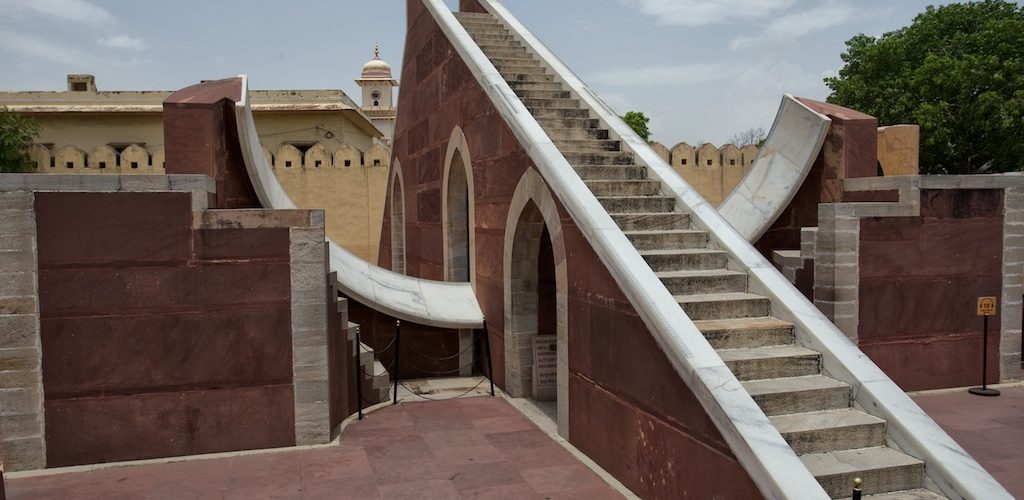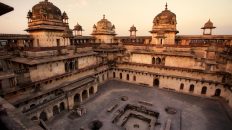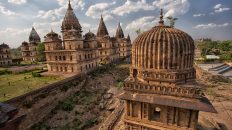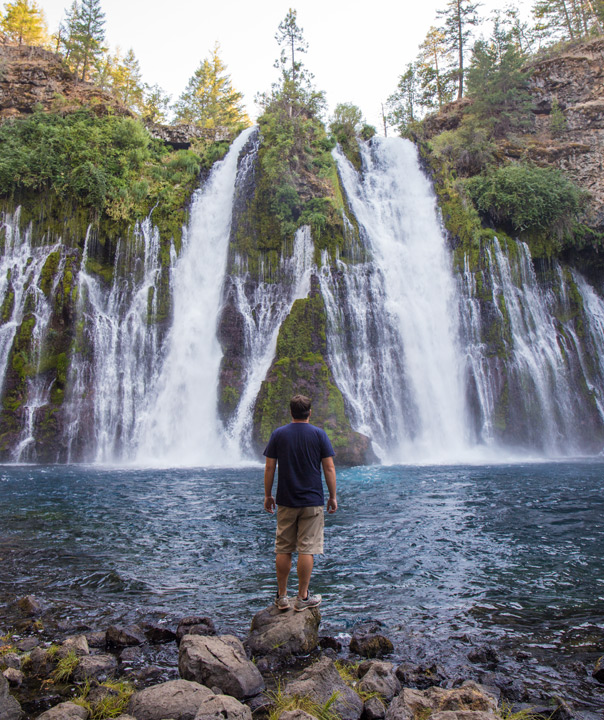Up until last year the Observatory in Jaipur, the Jantar Mantar, was the only UNESCO World Heritage site in the city (Amber Palace is now one as well). Just this alone makes it worth a visit, even if you are not super scientific. I was amazed by how much smarter the people who built these instruments, hundreds of years ago are then I am today, in terms of understanding the world outside our own.
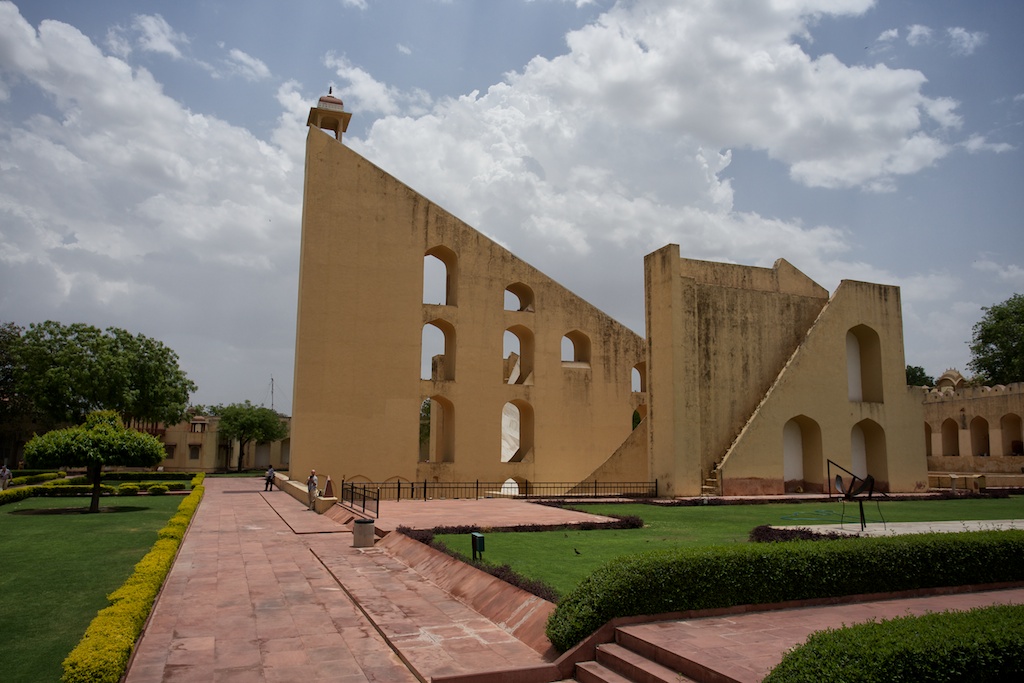
The observatory is a collection of instruments, designed by the king in the 1700’s that all tell different pieces of the time and space equation. There are multiple sun dials, mapping systems for the planetary movements, and instruments designed to tell what time in the horoscope you are in. All of these pieces are very important to the Hindu religion ( people only get married on certain days that work with their signs), so it was important for them to understand it all.
History
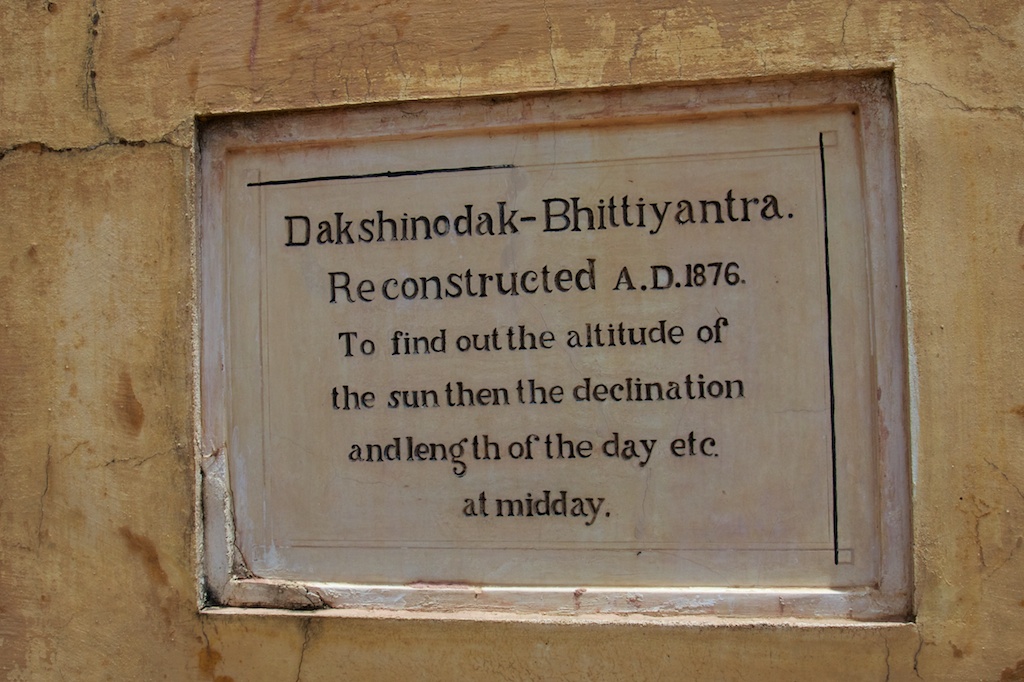
The Jantar Mantar is a collection of architectural astronomical instruments, built by Sawai Jai Singh who was a Rajput king. It is modeled after the one that he had built at the Mughal capital of Delhi. He had constructed a total of five such facilities at different locations, including the ones at Delhi and Jaipur. The Jaipur observatory is the largest and best preserved of these.
Here are some of my favorite things to see here:
The Sundials
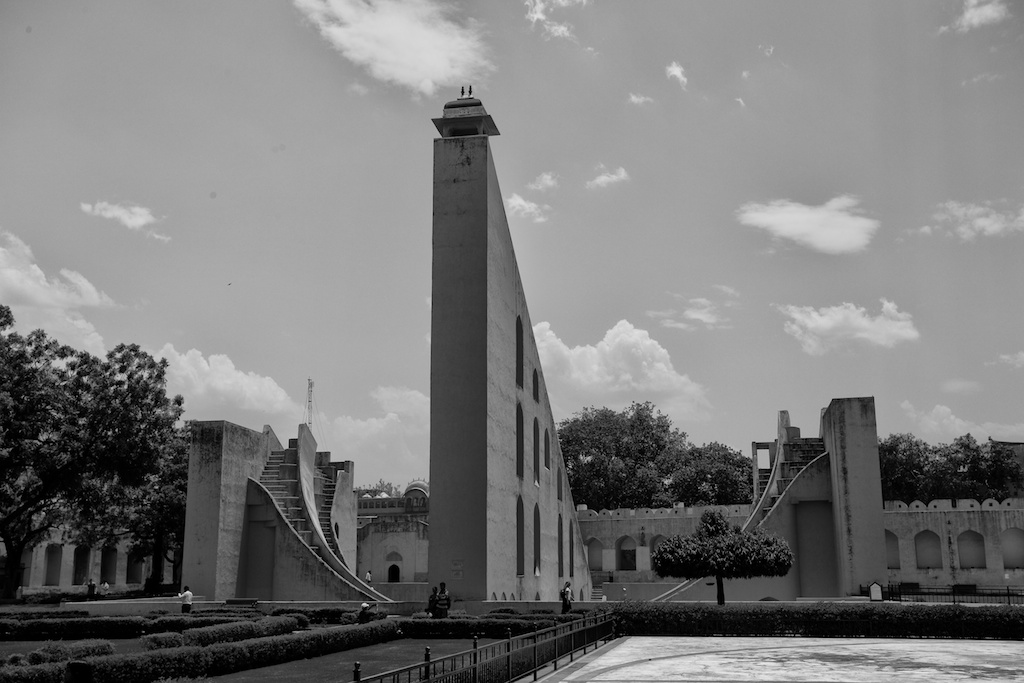
In the Jantar Mantar, there are many different sundials to tell the time by sun position but a couple main ones stood out as my favorites.

The first is the main dial, right when you walk into the area, which has a large half circle to note the sun’s position and a stairway (no you can’t walk up any of them). This dial is accurate to about 20 minutes.
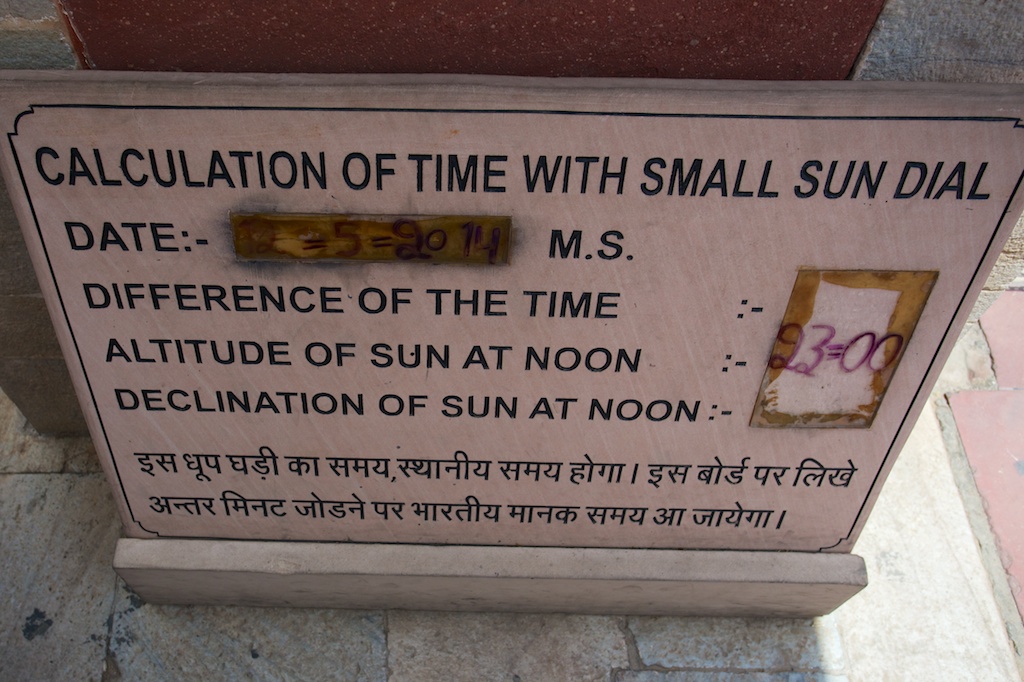
The other main sundial is the largest in the entire world and is an amazing thing to see. You notice how overpowering it is as you walk around the park.
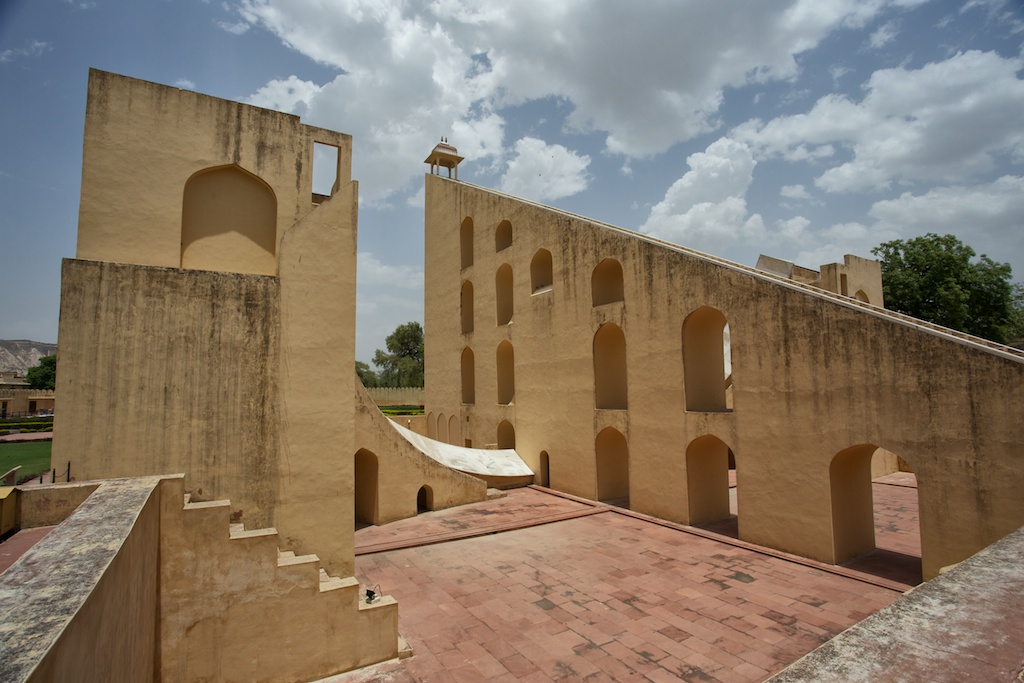
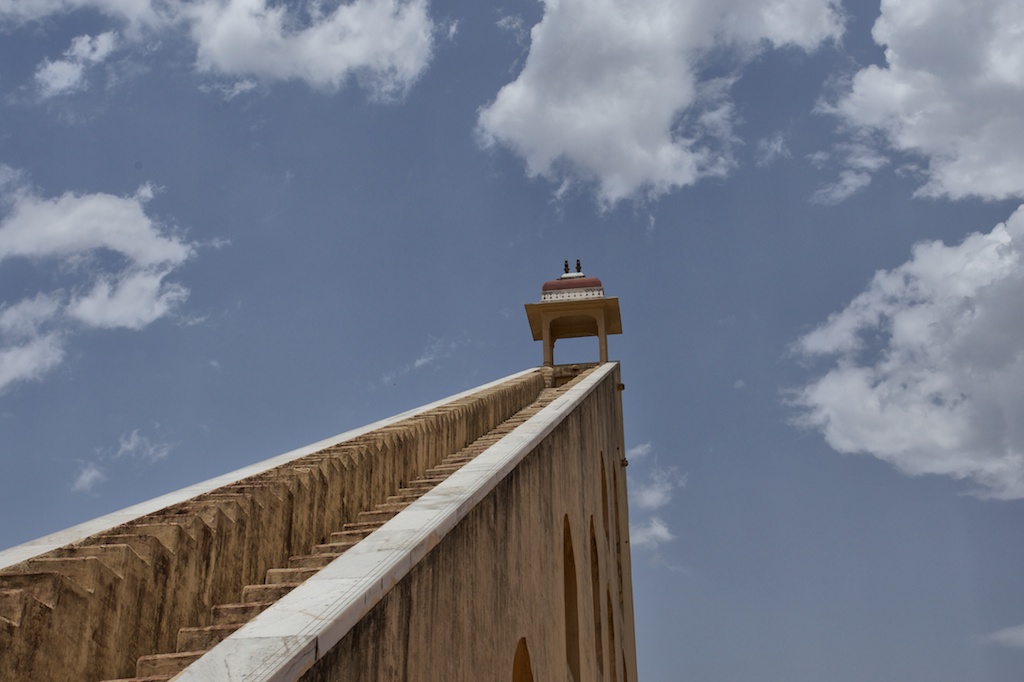
It is around 88 feet tall and is able to tell the time within 2 seconds of error. One of the crowning achievements of the park and my personal highlight in the park to see.
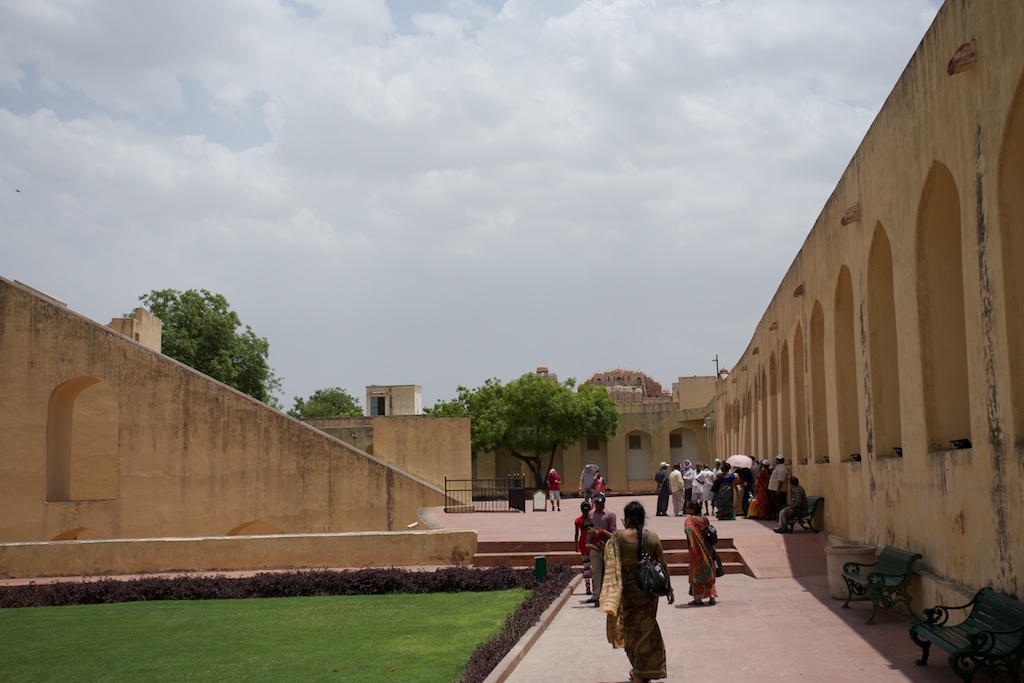
You can also see the wind palace peaking up from behind the walls from here as well in the above picture.
The Celestial Trackers

In the center of the park is two big half circles that can track the movements of the planets with Jaipur in the center. Each piece if stacked on each other would show the enter solar system, as they saw it. We got a lengthy explanation of it but I am not sure I fully understand how it works.
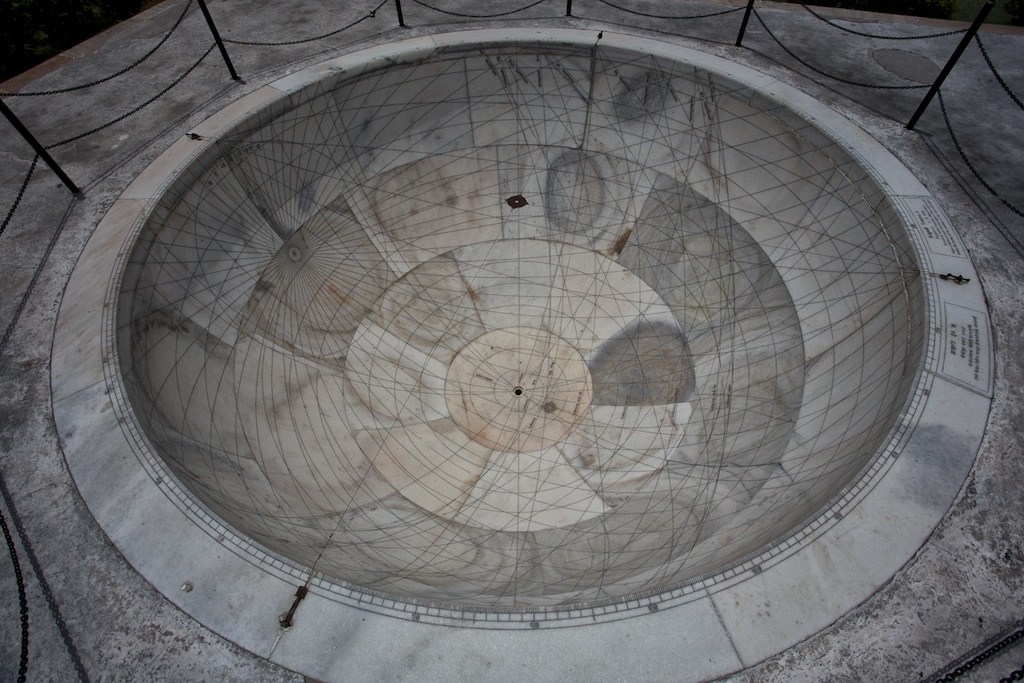
The other tracker was a large stone circle that had Jaipur and the planets on it and could be moved to where the suns current location was as it tracked the movement of the planets.
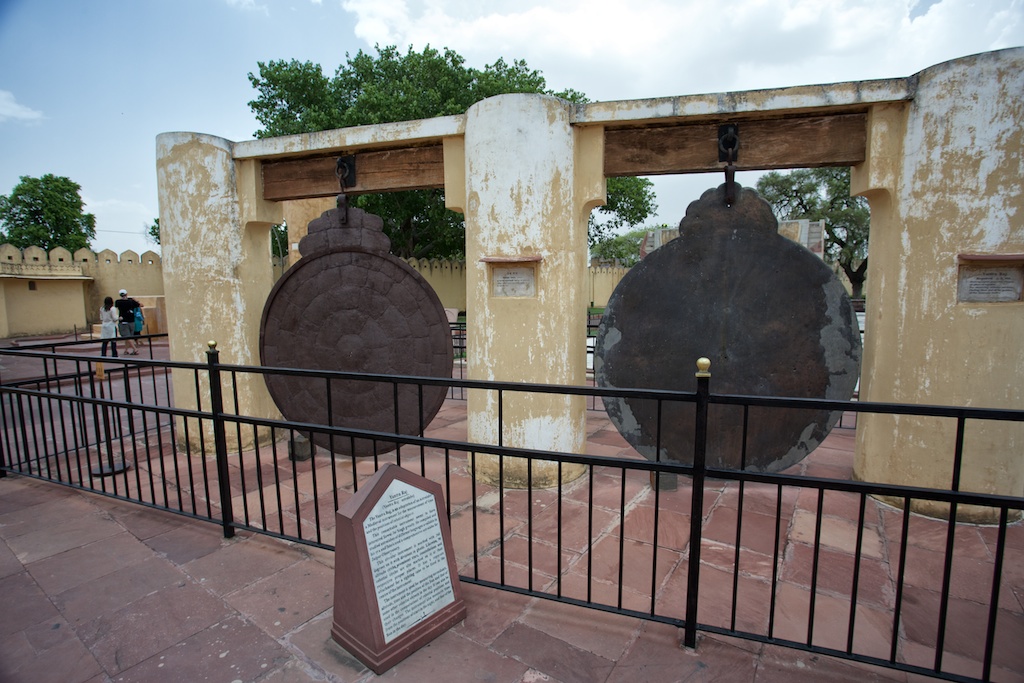
Here are some of the other spots I saw there, all with their own purposes for understanding more about time and space.
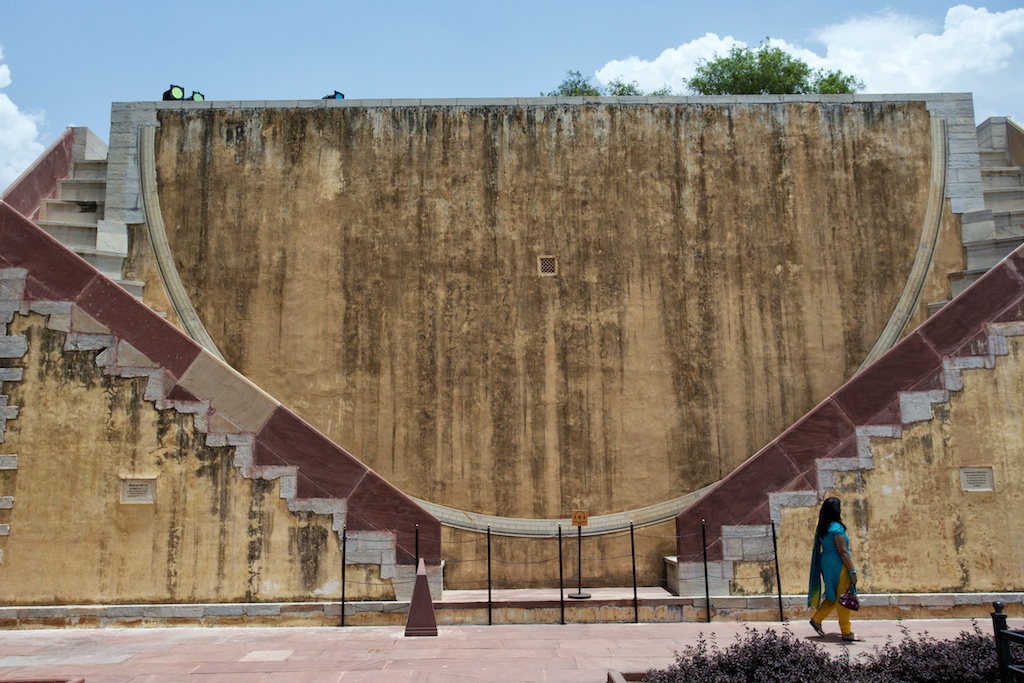
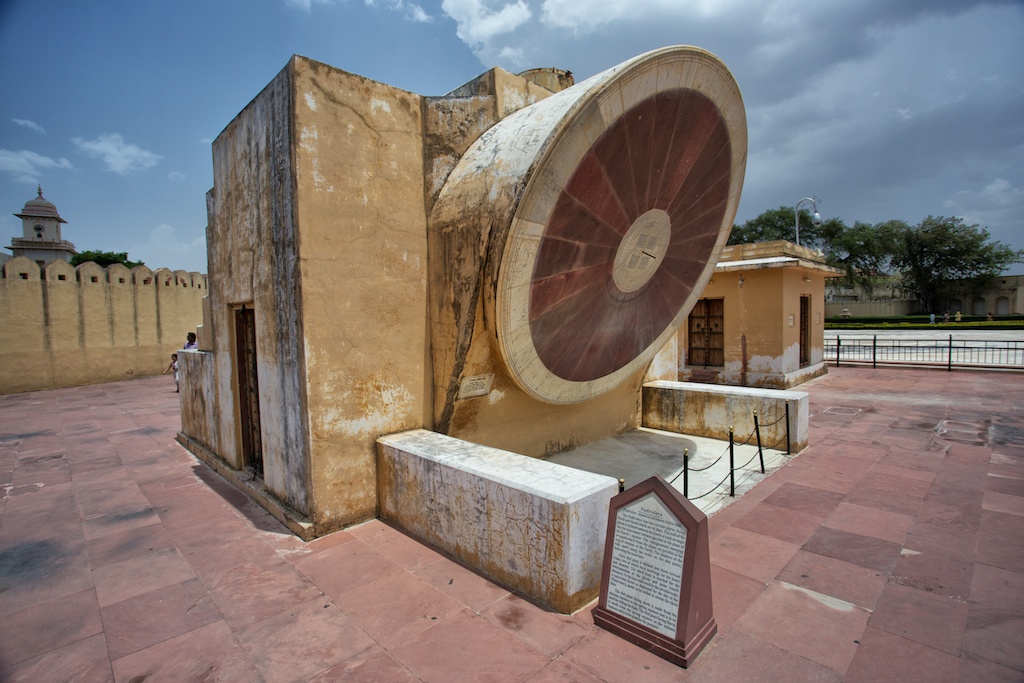
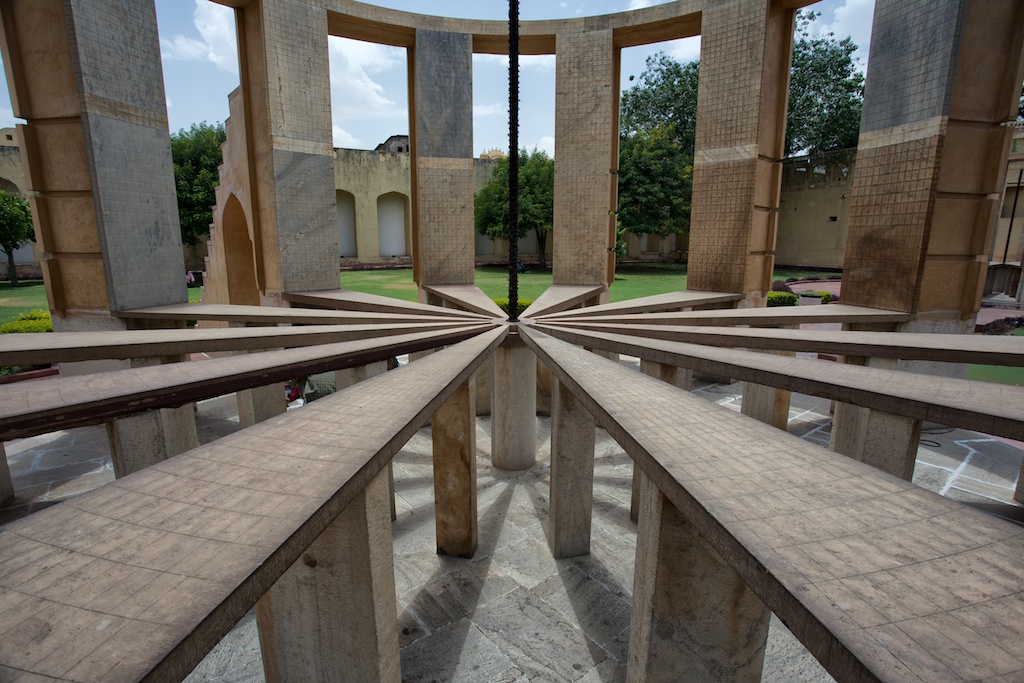
Be sure to visit this UNESCO site when you are in Jaipur, it is worth it.

